
Preços apresentados são para exportação e não contemplam impostos e frete. Para aquisição no mercado nacional, impostos e frete serão acrescidos e apresentados no checkout antes da conclusão da compra.
Showing all 11 results
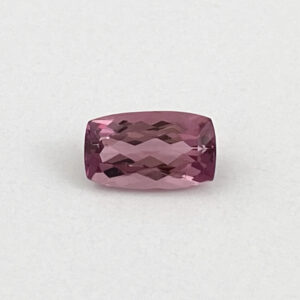
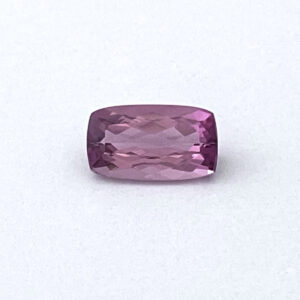
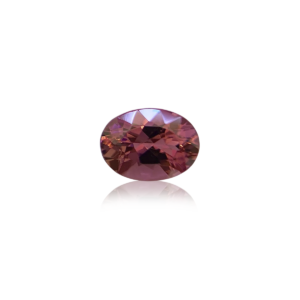
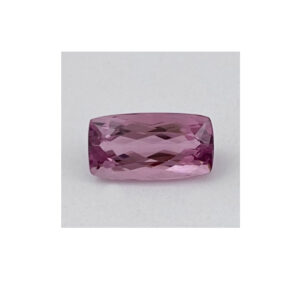
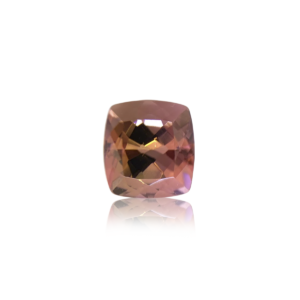
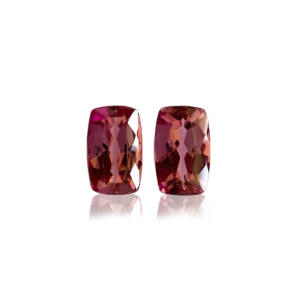
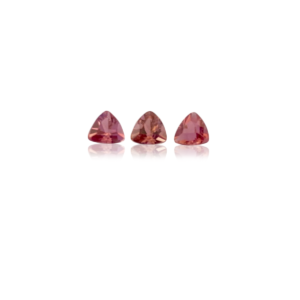
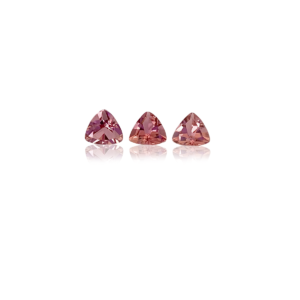
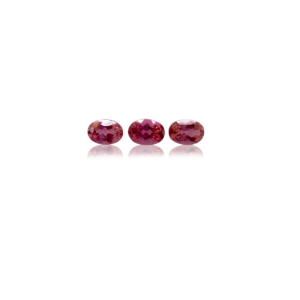
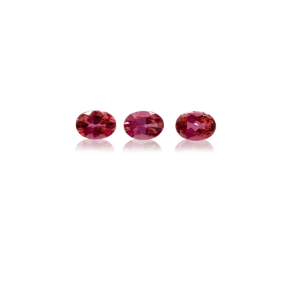
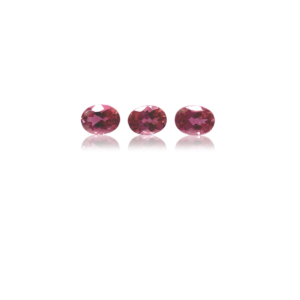
Name Origin: This name is given by the fact that the name of the color is sometimes used after the term tourmaline instead of using the gemological variety. So, in this case, Pink Tourmaline.
Main Colors: Pink coloration of weak to medium intensity, with overshades of purple or brown.
Producing Countries: Found in pegmatites and alluvial deposits. The most important supplier is Brazil (Minas Gerais and Piauí States). One of the most regular productions of Pink Tourmaline has been at Mina do Cruzeiro in the municipality of São José da Safira, Minas Gerais. There are deposits in Madagascar, Mozambique, Nigeria, Afghanistan among others. There is also a small production in San Diego, CA-USA.
Common Shapes: Can be cut in any shape, as they are of low to medium intensity. The most common shapes are oval, rectangular, and round.
Usual Treatment: Irradiation and heat treatment, changing pale colors to deeper pink.
| Species: | pink TOURMALINE, OCCASIONALLY WITH A VIOLET OR BROWN overshade. |
|---|---|
| Hardness of Mohs: | 7/7,5 |
| Specific Density: | 3,06 (+0,15 / -0,05) |
| Cleavage: | None. |
| Fracture: | Uneven, brittle conical |
| Crystal System: | Hexagonal (trigonal) usually elongated crystals with triangular sections and rounded faces, clear striations parallel to the main axis; often, several prisms grow together. |
| Chemical Composition: | (NaLiCa)(Fe₁₁MgMnAl)₃Al₆[(OH)₄(BO₃)₃Si₆O₁₈)]Aluminum complex borosilicate of variable composition. |
| Transparency: | Transparent to opaque |
| Refractive Index: | 1,624-1,644 |
| Birefringence: | 0,020 |
| Dispersion: | 0,017 |
| Pleochroism: | Light to dark red; pink to violet. |
| Luster: | Vitreous |
| Fluorescence: | Weak or none |
Belo Horizonte – MG


